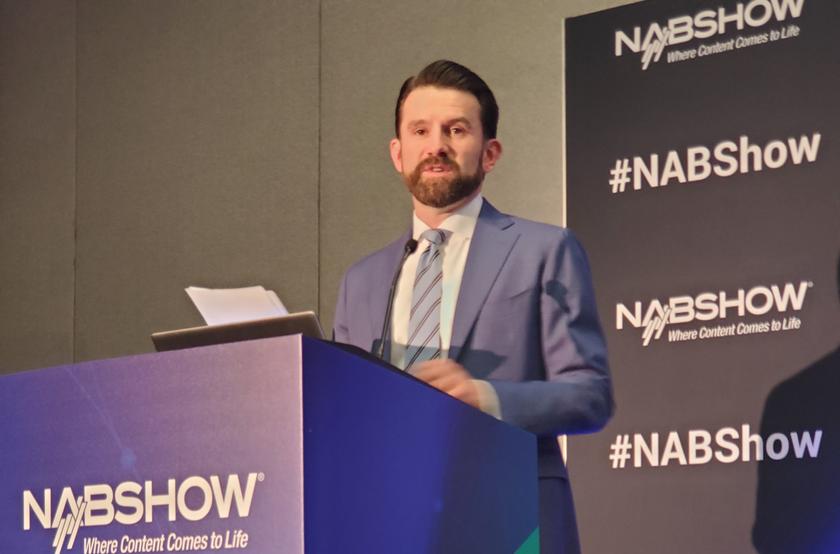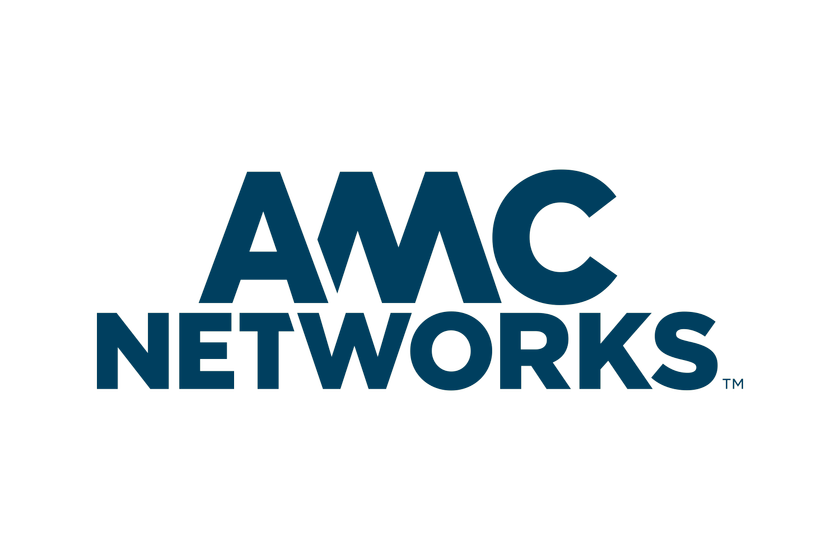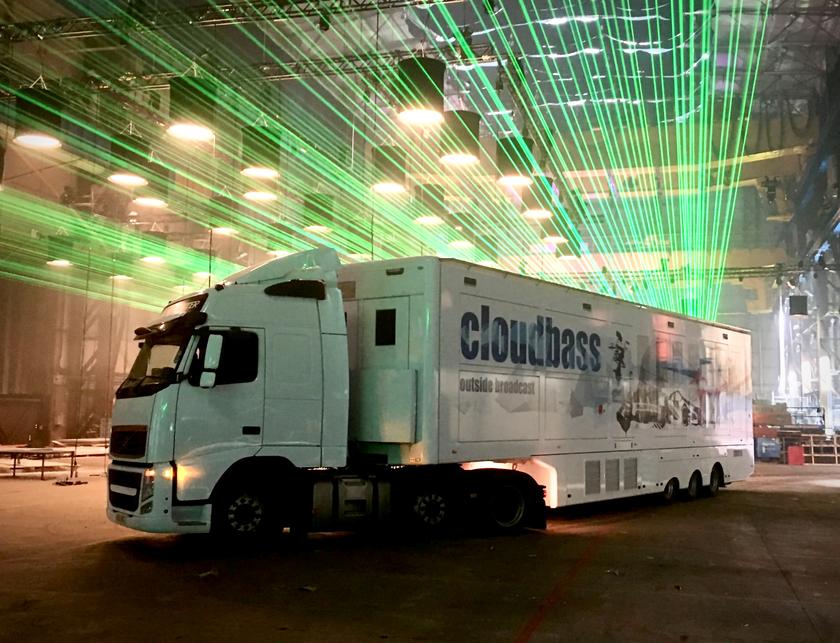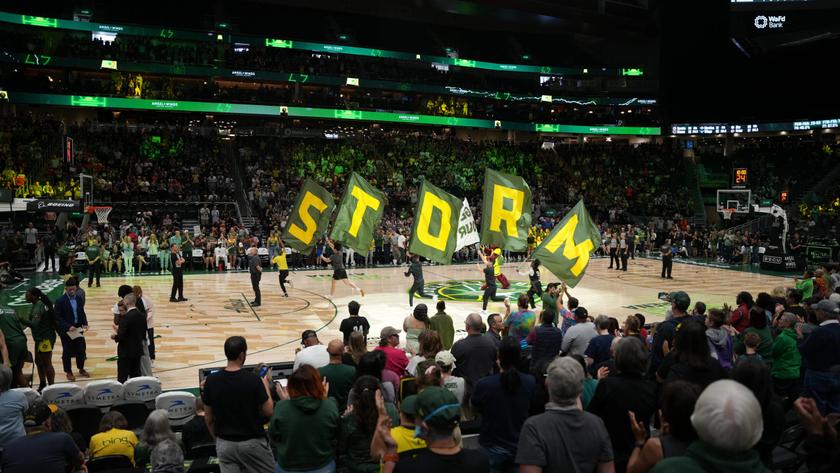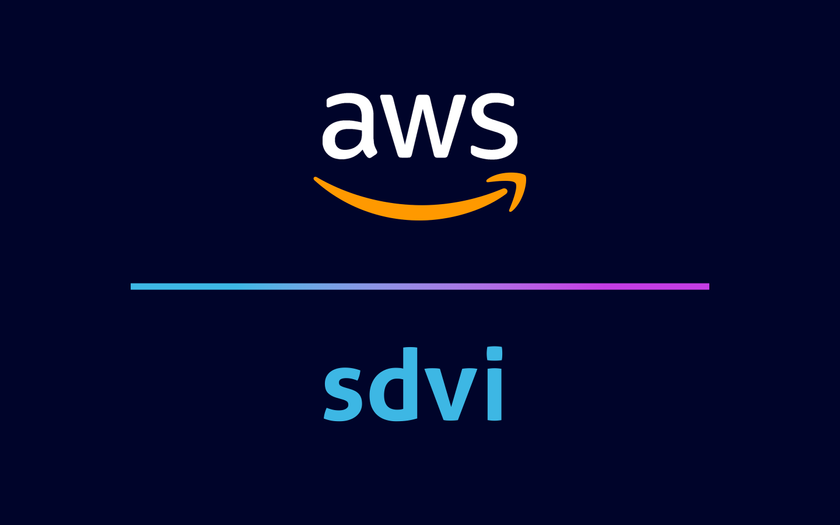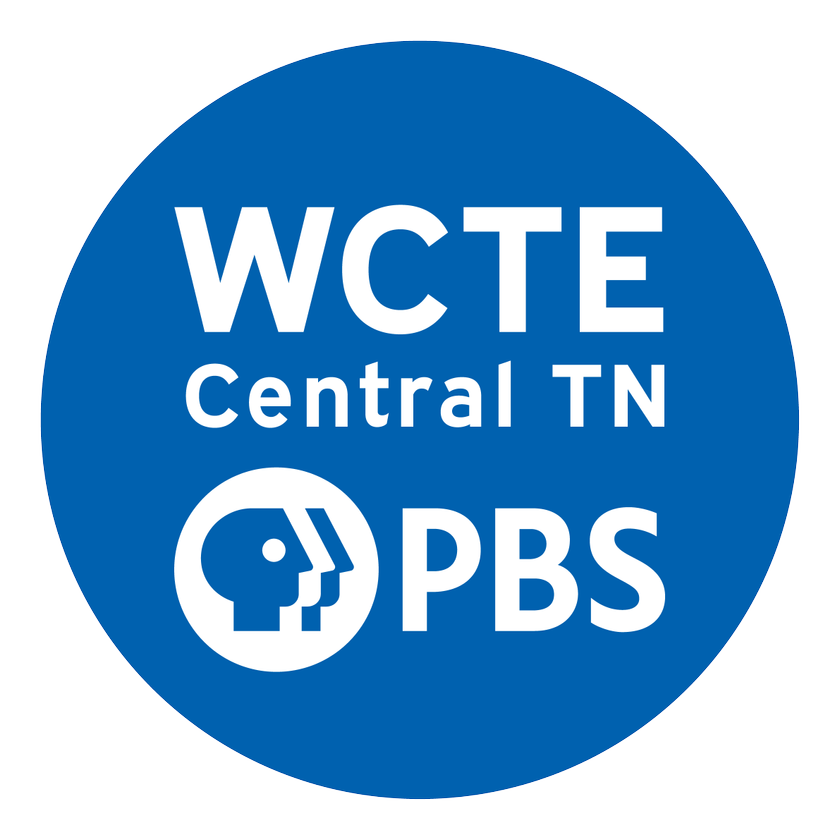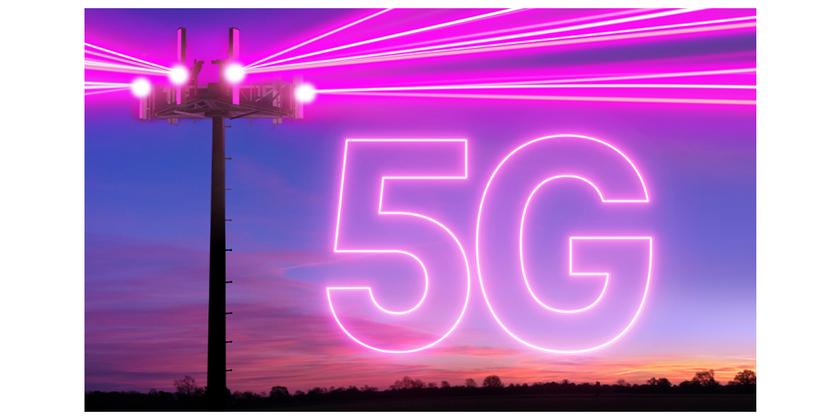Auction Countdown: 75 Business Days to Apply
WASHINGTON—The TV spectrum incentive auction application is now open. Federal Communications Commission officials held a workshop Tuesday morning to outline the steps necessary for participation.
“Once you leave here, you’re on the clock,” said Gary Epstein, chair of the FCC’s Incentive Auction Task Force.
Broadcasters who wish to participate must bear in mind two important deadlines, FCC staff said. The first—Jan. 12, 2016, 6 p.m. ET—is the deadline for filing Form 177, in the FCC’s electronic auction system.
The second—March 29, 2016, 6 p.m. ET—is when applicants must make an “initial commitment” to a relinquishment option—going dark or moving to a lower VHF channel assignment.
“Initial commitment” in this case means the station has agreed to accept the first bid in the reverse auction, said the FCC’s Erin Griffith. (Opening bid prices, which vary according to relinquish option, were published last month.)
“It’s an irrevocable offer by the applicant to reinquish the spectrum usage right at the opening price for that station,” she said.
Griffith reiterated that Form 177 must be filed by 6 p.m. on Jan. 12 for applicants to be able to particpate in the auction. The quiet period also starts for all applicants at 6 p.m. Jan. 12, 2016, and extends through the auction.
Once applications are filed, the commission will review them, determine if more information is required, then send out a first confidentialstatus letter to notify applicants of this determination.
A window of time will be provided for making corrections. The review process then will be repeated and a second status letter will go out. Those with properly completed applications will need to make their intitial commitment to one of three relinquishment options, again, by March 29, 2016, 6 p.m.
Once these application steps are completed, the commission will determine an initial spectrum clearing target and the associated band plan. Staff will then send a third letter to the qualified applicants notifying of them whether or not their station will be needed.
If not, the application will be rejected. A station also may be booted for not making an intitial relinquishment commitment, or if the one selected cannot be accommodated by the auction system. Such stations would be “subject to repacking in the pre-auction bands.” In other words, if they’re in UHF now, they’ll be first in line for UHFs in the repack.
Stations accepted for participation in the opening round of the reverse auction will proceed to a mock auction before actual bidding begins.
With regard to Form 177, it is entirely electronic, but pages may be printed out for review. (TV Technology has a .pdf of the screen shots submitted for approval to the Office of Management and Budget here.) Applicants can log in with their FCC Registration Number and password. The FRN automatically will bring up associated station license information.
Within the form, contact information must include physical address—no P.O. boxes—and a fax number, or in the absence of a fax number, a phone number. The contact information is particularly important, because commission staff will communicate only with the applicant’s designated contact.
The only way commission staff will speak with someone other than the designated contact is if that person notifies the commission of a change and authorizes a new representative by email at auction1001@fcc.gov.
There is no rule against more than one licensee using the same designated contact or authorized bidder, but applicants must be aware of what communications are specifically prohibited during the quiet period.
Applicants also will choose designated bidders. Up to three may be authorized, and the commission urged applicants to select more than one should something unexpected occur.
Form 177 includes a section on which stations will be put on the auction block. Stations associated with an applicant’s FRN automatically will come up on the form. Others can be added.
Full-power station licencees will need to indicate whether or not if the licenses is noncommercial, and if so, operated on a reserved channel. All applicants must disclose any impending changes in license statuses. Auction-eligible licensees of stations with pending validity orders will be able to participate in the auction subject to payment being held until the proceeding is resolved.
The next section of Form 177 covers relinquishment options. Applicants may select as many as are available to the station:
UHF licensees may go dark or move to a high or low VHF.
High VHFs can go dark or move to a low VHF.
Low VHFs can go dark (or share, which is the same as going dark in terms of auction valuation).
Stations must select all applicable options for those to remain available during the auction. I.e., a UHF that elects to go dark cannot elect instead to move to a VHF during the auction. At the same time, a UHF that selects all options will not be bound to any of those options in the absence of an acceptible bid.
These relinquishment options are hierarchical. Participants may decide at any point during the auction to select a different option, but they only can move in one direction—from doing dark, to high VHF and then, to low VHF.
“So if you’re a UHF and your initial commitment is full relinquishment of your UHF, you can in a future round change your bid option to a move to low-VHF if there’s a VHF channel available to you – but then you cannot later decide you want to go back to full relinquishment. That option will no longer be available to you,” an FCC official clarified.
The form includes a section on channel-sharing options, of which there are two—with a completed channel-sharing agreement, or the intent to execute one after the auction.
Channel-sharing stations with completed CSAs will be asked to input the name and facility IDs of all potential partners, including those on backup CSAs. This applies only to stations relinquishing spectrum in the auction, not to those making room for the sharing tenant.
The CSAs of stations that accept a bid and relinquish spectrum will be placed in the licensee’s Public Inspection File, with the FCC allowing parties to redact confidential and proprietary terms.
Station ownership must be disclosed on Form 177. In short, any individual or entity that directly or indirectly controls 10 percent of the station must be attributed. Broadcasters would be well-advised to carefully consult FCC ownership-attribution rules on Form 177.
The FCC’s Howard Symons said that depending on bidding activities and the number of auction stages necessary, the auction is expected to conclude in the third quarter of 2016.
Also see…
Dec. 7, 2015
Auction Application Window Opens
The application process will begin with filling out FCC Form 177, to be released at noon Eastern when the workshop opens.
Get the TV Tech Newsletter
The professional video industry's #1 source for news, trends and product and tech information. Sign up below.

Former FCC Chairs Accuse FCC of Acting as the `White House’s Personal Censor’

FCC Launches Proceeding on GPS Alternatives

